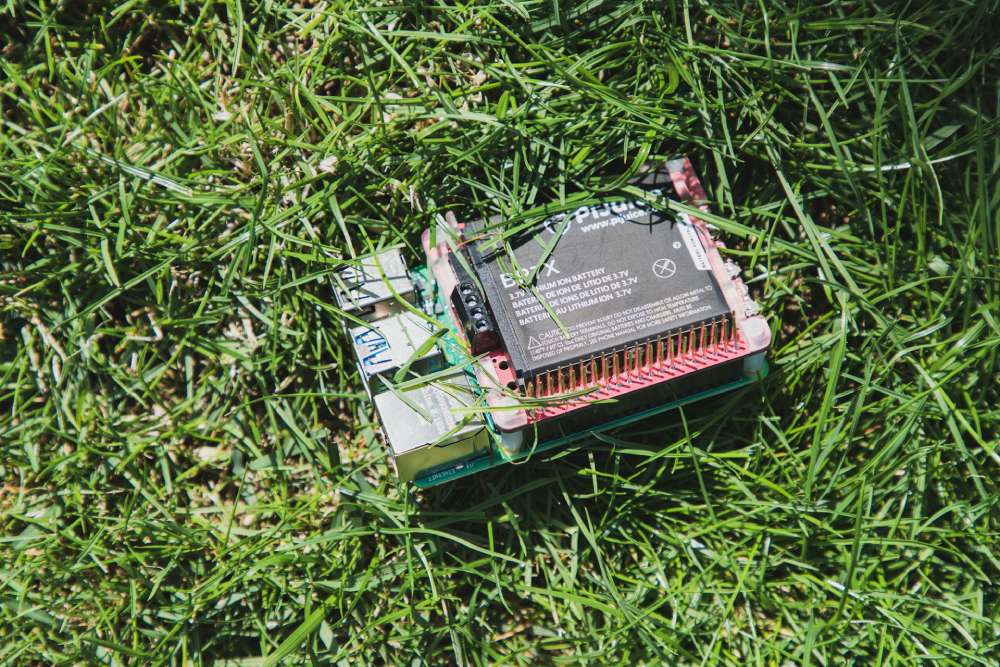E-waste recycling involves collecting, sorting, and dismantling devices. This process saves valuable materials and resources and helps to protect the environment.
When disposed of in landfills, electronics release harmful toxins into the soil. These toxins can then seep into water sources and cause health problems for people and animals.
It’s the Right Thing to Do for the Environment
There are numerous reasons why electronics recycling Albany NY is good for the environment. One of the most obvious is that it prevents e-waste from being sent to landfills. Landfills are environmental hazards that leach toxic materials into the ground and pollute water sources. E-waste can contain metals like iron and aluminum, and plants l as hazardous chemicals such as lead, cadmium, and mercury. These toxins can seep into the soil and affect plants, animals, and living areas.
When e-waste is dumped in landfills, it also creates air pollution. Chemicals released from the breaking down e-waste can enter the air and cause respiratory problems. Additionally, mining activities that produce e-waste release toxic gases like carbon dioxide and dust into the air.
By choosing to recycle your electronics, you can help reduce the amount of e-waste sent to landfills and improve the health and safety of your local community. Look for a recycler with R2 Certification with a comprehensive environmental, occupational, and health & safety management system to ensure they are taking steps to protect the environment.
It’s the Right Thing to Do
The fact is that many electronic devices contain toxic metals, including lead, mercury, and cadmium. When these devices are tossed into landfills, they can leach these dangerous materials into the soil and groundwater. This is why recycling your old electronics is essential rather than simply throwing them away with regular trash.
It also saves energy and resources. E-waste comprises various elements, from glass to plastics to compounds such as fluorescent light bulbs and UPS batteries. These items are broken down and separated into their core components during recycling. They are then sorted, and any hazardous materials (like cathode ray tubes) removed.
Some of these products are refurbished and reused, while others can be melted down to create new, more durable devices. Because e-waste is non-biodegradable, it’s essential to ensure it is adequately recycled so it doesn’t end up in the ocean. This type of marine dumping can harm ecosystems and kill organisms.
It’s the Right Thing to Do for Your Business
Rather than letting your old electronics gather dust in a drawer, they could be recycled for new life. This saves you space, reduces clutter, and gives your office a clean, organized look.
If your electronics are still working, they may be repaired and resold. If not, they get taken apart to separate the various components of the device. Metals like copper, gold, silver, and palladium are recovered in this process. This allows manufacturers to source these materials without having to mine from the earth – which takes up more energy, resources, and land.
When e-waste is landfilled, it can leach heavy metals into the soil and water. These contaminants can poison local animals and humans. Recycling keeps toxic chemicals like lead, mercury, and cadmium out of the environment. This is a massive benefit for both the planet and the economy. For this reason, every business should have a process for disposing of obsolete equipment.
It’s the Right Thing to Do for Your Community
E-waste (electronic waste) is the fastest-growing waste stream globally. This is due to a combination of shortened device lifespans and society’s demand for the latest high-tech products.
When e-waste is thrown away, it can leach toxic chemicals into the soil and contaminate water supplies. Additionally, burning these materials produces poisonous gasses that pollute our air. Recycling these items prevents that and reduces the space landfills take up.
Recycling electronics also cuts down on the energy used to make new ones. This is because new devices require mining materials pulled from the earth, which hurts our planet. Using recycled components saves energy and helps preserve the natural resources we still need to survive.
By increasing sustainable electronic recycling, we can help the American repurposing industry grow, decrease the amount of e-waste shipped overseas to be improperly dismantled in foreign junkyards, and protect human health and our environment here at home. If you aren’t already participating in a company’s e-waste recycling program, consider joining one today!



